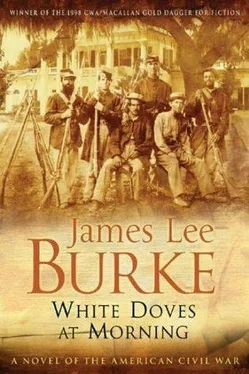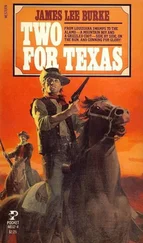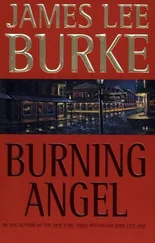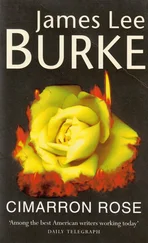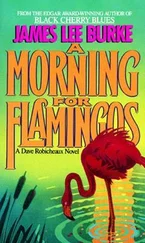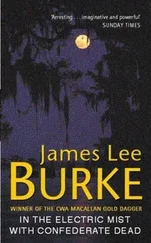Robert S. Perry read for the law and practiced in St. Martin Parish, served in the state senate, and was appointed an appeals judge in 1888. He died in the year 1900 and is buried in New Iberia, in St. Peter's Cemetery, not far from his friend Willie Burke.
Jean-Jacques LaRose moved to Cuba and became a planter and shipbuilder and supposedly increased his fortune during the Spanish-American War by scuttling a ship loaded with gold coin off the Dry Tortugas and salvaging the wreck after the owner, who had made his money in the illegal arms and slave trade, committed suicide.
Captain Rufus Atkins continued to prosper immediately after the war, buying up tax-sale cotton acreage in the Red River parishes and supplying convict labor in the salt and sulfur mines along the coast. Then he began to drink more heavily and wear soft leather gloves wherever he went. After a while his business associates were bothered by an odor the nostrums and perfumes he poured inside his gloves could not disguise. The lesions on his hands spread to his neck and face, until all his skin from his shirt collar to his hairline was covered with bulbous nodules.
His disfigurement was such that he had to wear a hood over his head in public. His businesses failed and his lands were seized for payment of his debts. When ordered confined to a leper colony by the court, he fled the state to Florida, where he died in an insane asylum.
A guerrilla leader by the name of Jarrette, who was brought to Louisiana from Missouri by the Confederate general Kirby Smith and who claimed to be the brother-in-law of Cole Younger, left the state after the war and lived out his days as a sheep rancher in Arizona Territory.
The White League and the Knights of the White Camellia continued to terrorize black voters throughout the Reconstruction era and were instrumental in the bloody 1874 takeover of New Orleans, which they occupied for three days, before they were driven out of the city by Union forces partially under the command of the ex-Confederate general, James Longstreet.
The convict lease system at Angola Plantation, which became the prototype for the exploitation of cheap labor throughout the postbellum South, lasted until the beginning of the twentieth century. The starvation and beating and murder by prison personnel of both black and white convicts at Angola Farm was legendary well into modern times. The bodies that are buried in the levee rimming the prison farm remain unmarked and unacknowledged to this day.
Tige McGuffy, at age twenty-two, became one of the first cadets admitted to Louisiana State University, which was created out of the old United States Army barracks at Baton Rouge, largely through the efforts of General William T. Sherman, the same Union general who burned Atlanta and whose sixty-mile scorched-earth sweep into northern Mississippi became the raison d'etre for the retaliatory massacre of black troops at Front Pillow by Confederate soldiers under the command of Nathan Bedford Forrest.
Tige McGuffy received the Medal of Honor for his heroism at the battle of Kettle Hill during the Spanish-American War of 1898.
***

